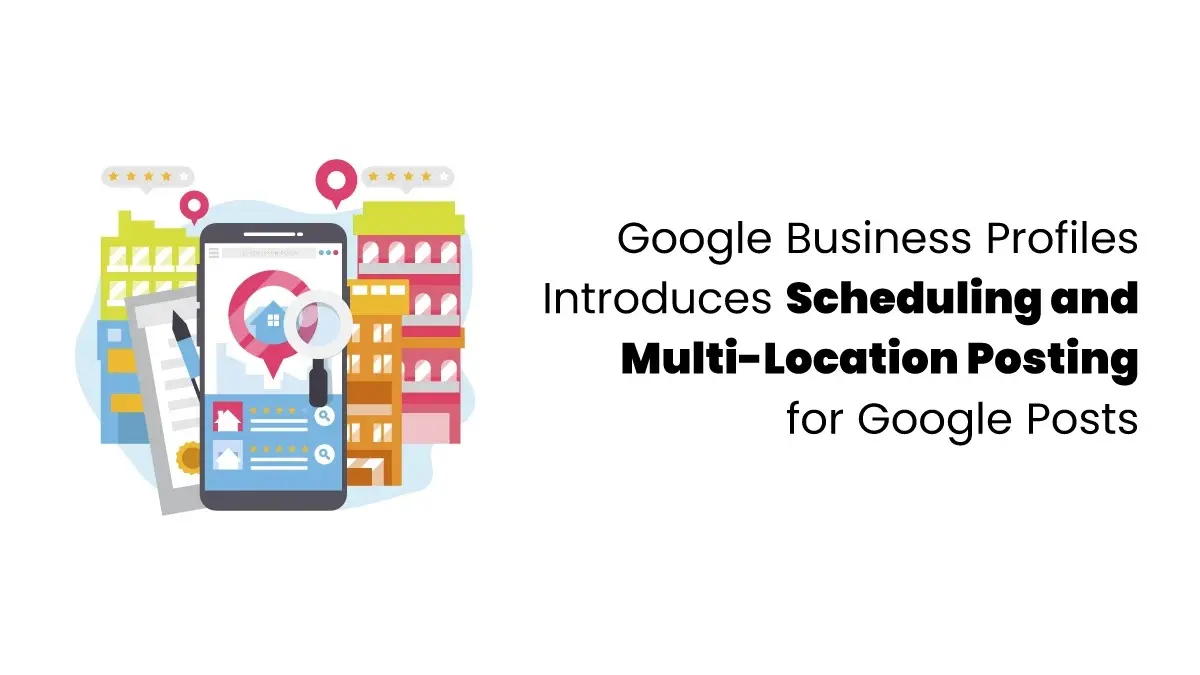Many people are starting online stores nowadays. So, if you want your store to succeed, you need some good E-commerce SEO Tips. When your store ranks higher in search results, people trust it and will likely buy again. With so many stores, ensuring your website pops up in search results is vital so people can find your products. In this guide, we’ll go over some simple E-commerce SEO strategies to help you get noticed, climb those rankings, and keep that organic traffic coming in. By optimizing your store the right way, you can attract shoppers who are ready to buy. Good E-Commerce SEO tips can boost your store’s online visibility and help you reach the right potential customers. Making small changes to your website helps it become more rank higher in search results and brings in more visitors. Doing this will make it easier for people to find your business and buy what you offer.
User Intent-Based Optimization
To get more people to visit your online shop, figure out what they’re looking for online. Search engines show results that best answer people’s wants—whether it’s info, product comparisons, or something to buy. So, create content that fits these different needs. For example, write blog posts for questions, make comparison pages for research, and tweak product pages for purchases. This activity should get the right kind of visitors to your site and hopefully increase sales. Search engines will see your site as helpful if your content serves user needs. This process can get you better visibility and attract more buyers.
Nike did a great job using this idea by changing their product pages to match what people were searching for. They added blog posts for people seeking info, comparison pages for those checking out different choices, and simple ways to buy for customers ready to purchase. This simple method helped people find what they wanted faster, which boosted sales from organic traffic by 40%. To use User Intent-Based, figure out what people want when they search by using tools like Google Search Console, Ahrefs, or SEMrush. Then, plan your content carefully. Improving meta descriptions, CTAs, and internal links makes it easy for users to move around your site, turning them into repeat customers.
Product Comparison Keywords
People who don’t know what to buy usually look up comparisons like iPhone versus Samsung Galaxy or the Top gaming laptop for less than $1000. If you target those comparison searches, you can pull in buyers seriously looking at their options. Make content that compares products—write reviews, list specs side-by-side, and make pros and cons lists. Doing this gives customers good information to help them decide and boosts where you appear in search results.
Check out how Amazon does product comparisons. They make it easy to see how similar items stack up in the listings. This action keeps people shopping longer and helps them buy stuff. If you run a business, you could improve your product pages, write solid comparisons, and structure your data, so your comparisons appear when people search.
Voice Search Targeting
With voice assistants like Alexa, Siri, and Google Assistant getting more common, how people shop online is changing. People now search more like they’re talking to someone, asking questions such as What’s the best cheap smartwatch? or Where can I find natural skincare? If businesses want to rank for these searches, they should make content for longer, more natural keywords, focus on their FAQ pages, and ensure their websites load fast on phones. Voice search often grabs info from featured snippets, so writing content clearly can help.
Walmart is a good example of a brand using voice search well. They teamed up with Google Assistant, so people can now add stuff to their shopping cart and buy things just by talking. Because of this, they saw a 15% jump in sales made through voice commands. This activity shows that making your website easy to use with voice search can pay off. Online stores can do the same by improving product descriptions, using organized data, and giving clear answers to people’s common questions when using voice search.
People Also Ask Optimization
Google’s “People Also Ask” (PAA) section is a goldmine for capturing organic traffic. These expandable question boxes appear on search results when users look for information, often featuring common queries related to a product or topic. Businesses should create concise, direct answers to frequently searched questions, use question-based headings in their content, and structure responses so that Google can easily pull as a featured snippet. This strategy helps improve search rankings and drives highly targeted traffic to your store.
Glossier, the beauty brand, is a good example. They have way more people visiting their site by answering common skincare questions on their blog, such as, What’s the best moisturizer for dry skin? They wrote short, easy-to-read answers and used the right words, so Google showed their answers in search results. Because of this, they got 30% more clicks from people searching for skincare help. If you sell stuff online, you can do the same: Find out what questions people ask about your industry and write content that directly answers them.
Zero-Click SEO Strategy
When you search on Google, sometimes those answer boxes are correct at the top. Many people get the information they need from those and don’t even bother to click on any websites. That’s what they call Zero-Click SEO. If you’re looking to do it right, make sure your content is written in a way that could score one of those quick answers. Keep your answers short and sweet, use bullet points, break things up into small chunks, and use schema markup so Google can quickly grab what it needs. Even if not many people go straight to your website, getting your brand out there helps people trust you and makes your name better known, which is a big win.
Check out HubSpot. They seriously made their blog posts appear in those featured snippets when people searched for some issues, such as what inbound marketing is. They did it by making their content very clear and giving step-by-step guides. HubSpot has many top search spots; people don’t have to click! Brand awareness jumped 20%, and they got way more conversions from people. If you sell products, you could do the same thing. Improve your FAQs, structure your data, and quickly write content that answers questions.

AI-Powered Interactive Content
AI is changing online shopping by making things more personal and fun. Think chatbots that answer questions, virtual try-on tools, cool AI quizzes, and innovative product suggestions. All this makes finding what you want easier and faster, which makes people happier and more likely to buy. Shops using these AI things see fewer people leaving their site right away, more people interacting with the site, and customers sticking around longer. Plus, search engines notice that the site is valuable and interesting, which is always good.
Like how Sephora uses virtual try-ons for makeup, customers can see how the makeup looks on them using AR before they buy anything. That made customer engagement jump by 30% and boosted sales. Online stores can do similar things by using quizzes that change for each person, virtual helpers, and AI to suggest products. It makes shopping way more personal.
Influencer SEO Collaborations
Working with influencers can do more than just make your social media look good—it can also help your website reach higher in search results. When influencers create stuff like blog posts or videos and review your product with links to your site, it makes your backlink profile better. This activity gets you more free traffic from search engines. Teaming up with influencers who are already doing well in search rankings can help your brand appear in searches that get a lot of attention. This action can result in better visitors and improved conversions.
A great example is Gymshark, which collaborated with fitness influencers to create blog posts and YouTube videos about its workout gear. These partnerships helped Gymshark get quality backlinks and better content that showed up high in search results. Because of this, Gymshark saw a 25% boost in organic traffic and built a more trusted brand. Online shops can do the same by collaborating with influencers to create detailed reviews, tutorials, and blog posts that include relevant keywords and links.
Evergreen vs. Trending SEO
A solid SEO plan means using fresh content mixed with what everyone’s talking about now. Relevant content, like how-to guides or product reviews, keeps bringing people to your site no matter when they search. Stuff that’s hot right now, like sales or big news, gets a lot of eyes fast but doesn’t last as long. By using both types, businesses can keep a steady flow of visitors while tapping into the latest trends for quick growth.
Think about Apple. They make helpful content, like How to Make Your iPhone Battery Last Longer. People will look that up for ages. Plus, they use trending search terms when they drop a new iPhone or MacBook. So, they get steady traffic and grab folks ready to buy something new. Online stores could do the same thing. Keep some good content around for the long haul, but jump on the latest sales and trends.
Advanced Schema Markup
Schema markup is a terrific way to make e-commerce sites pop up in search engine results. It shows helpful snippets, like star ratings, prices, if something’s in stock, and FAQs. Cool schema types, such as product, breadcrumb, and FAQ schema, let search engines understand how your content is structured and show it better. This process can get more clicks and make people trust your site since they immediately see the details they want.
Wayfair is a good example. They used reviews and product information to show customer ratings, prices, and shipping info on search results pages. Because it was easy to see, Wayfair got 30% more organic traffic and better sales. E-commerce brands can use fancy schema markup to be seen better in searches, make things easier for users, and get more of the right people to their site.
Sustainable Long-Term SEO
Sustainable SEO means building a strong online presence that lasts, instead of using tricks that only work for a short while. It means making evergreen content people want, getting real backlinks, making your site run well, and keeping your old content fresh. Instead of trying to cheat the system, companies should focus on giving users a good experience, using the right keywords, and making sure their site is technically sound. When you do that, you’ll see your organic traffic grow over time. A good long-term SEO plan will keep your rankings steady, so you won’t lose them when search engines change their rules.
Take Patagonia, the outdoor clothing company, as a good example. They really put effort into sustainable search engine stuff. They make detailed blog posts about things like clothes that are good for the environment and protecting nature, making sure their content stays fresh for a while. They also make sure their website loads fast, works well on phones, and builds backlinks the right way. This has helped Patagonia keep its spot in search results and get more people to its site without having to pay for ads. Online stores can do the same by putting money into good content, a solid website setup, and honest search engine methods to succeed in the long run.
Conclusion
Looking to increase your store’s traffic organically without paying on ads? Good E-commerce SEO tips can make your store rank higher in search results. If you concentrate on methods for E-commerce SEO like picking the right words, creating content, and making technology upgrades, you can get the attention of the people you want and get more sales. If you’re serious about learning these skills, taking an SEO course can give you the know-how you need to stand out online. A well-optimized e-commerce site not only ranks better but also builds trust and keeps customers coming back.









